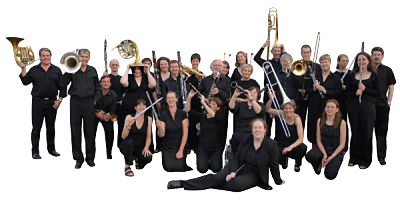That compelling sound. That one from which you cannot steal your ears. This sound is not come by haphazardly. It comes from imagination, intention, application. It is built from scratch. And once you got it, you don’t throw it away. It is your identity. It is what draws people to you. It is valuable. And just as individuals can have a sound, so do the orchestras in which they play.
An orchestra’s sound begins with its Music Director and Conductor. This is the person who imagines the characteristics, chooses the repertoire, and crafts the performance. Orchestras are picky in hiring for this position, and rightly so. In professional year-round orchestras this person at the musical helm usually gets paid a lot of money. The organization is paying for the Music Director’s imagination, as well as the ability to translate that imagination into sound waves that will distinguish the city.
In order to accomplish this translation, the orchestra needs a group of highly skilled musicians – the best that money can buy. Why? Because each player needs to have beautiful tone, precise intonation and rhythm, steely performance nerves, collegial attitude, flexible musicality with immediate response, projection yet blend. They must hone their skills daily and be ready to perform optimally with minimal rehearsal.
The orchestra needs a consistent group of permanent musicians, and more is better. Players in a section who work together consistently, who know each other’s musical habits and who adjust to each other, have the opportunity to develop a unique unified voice. The sound of their section is the clay with which the performance is sculpted. Longevity and stability allows the musicians and conductor to develop an intimate working relationship, that in turn allows for prompt translation and accurate expression of the conductor’s musical ideas. A larger number of players gives the Music Director greater choice of repertoire – a Haydn symphony with 21 musicians, or a Mahler symphony with 110. The flexibility to present both in sensitive expression contrasts the delicacy of a brook and the power of a river, all in one concert. The contrast becomes the sound of the orchestra, the sound of the city. A cultural identifier adding variety to the world, giving visitors reason to attend, reason to listen.
Article originally published on Violinist.com

